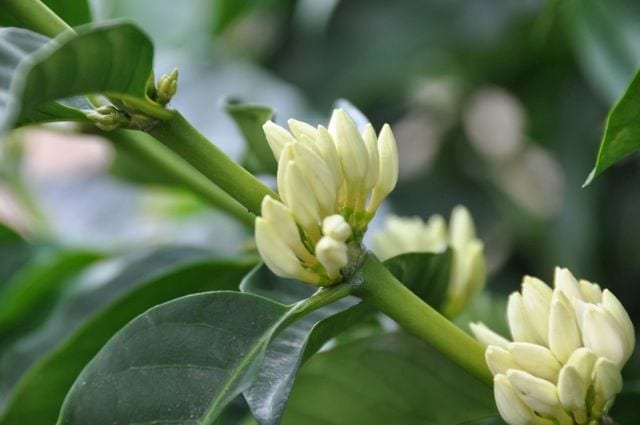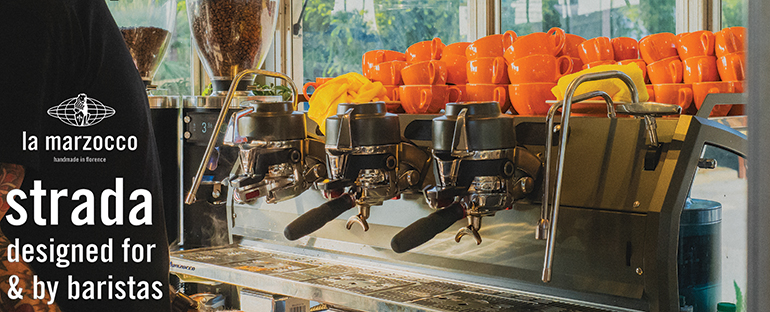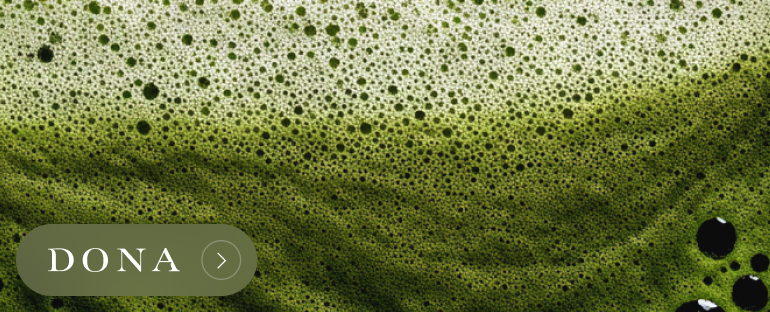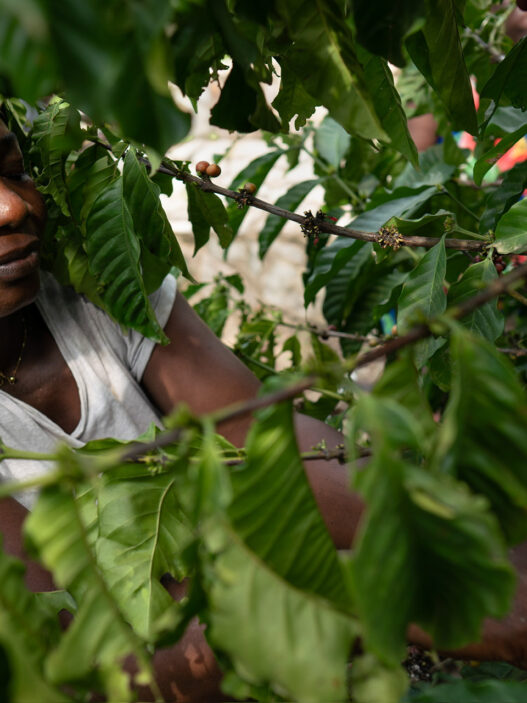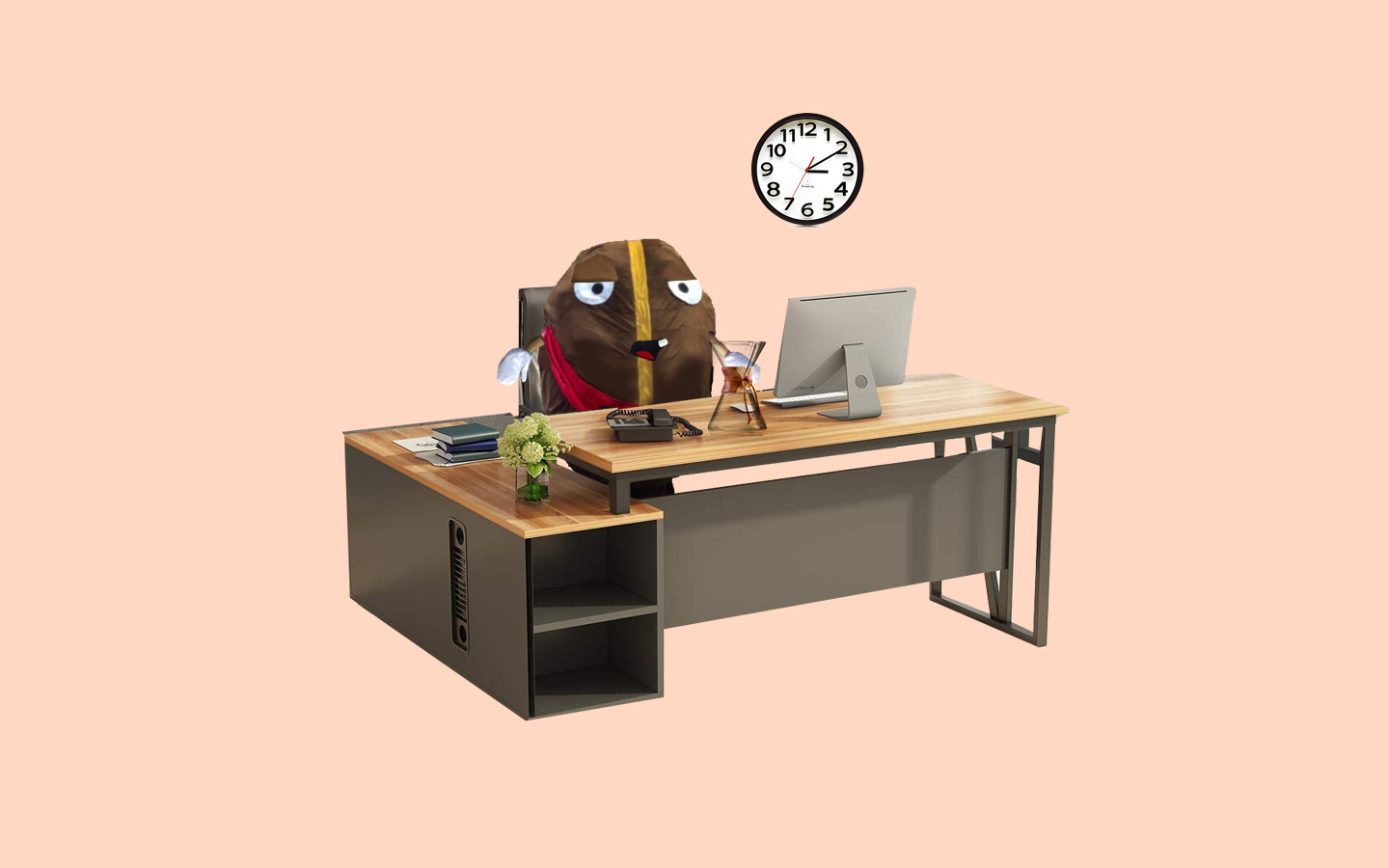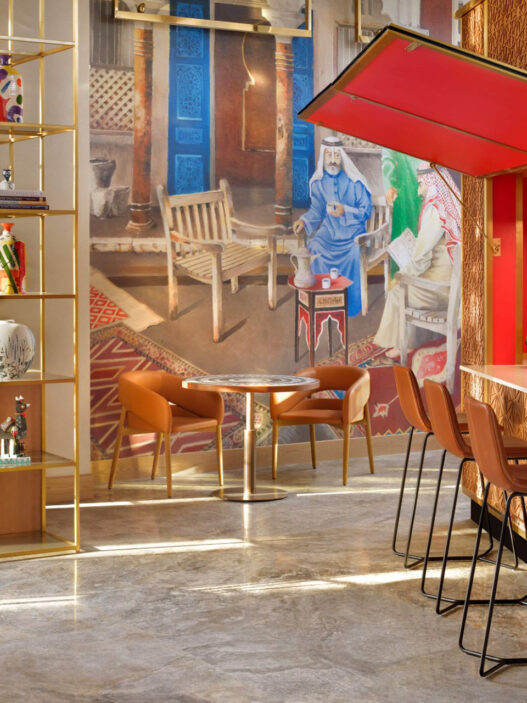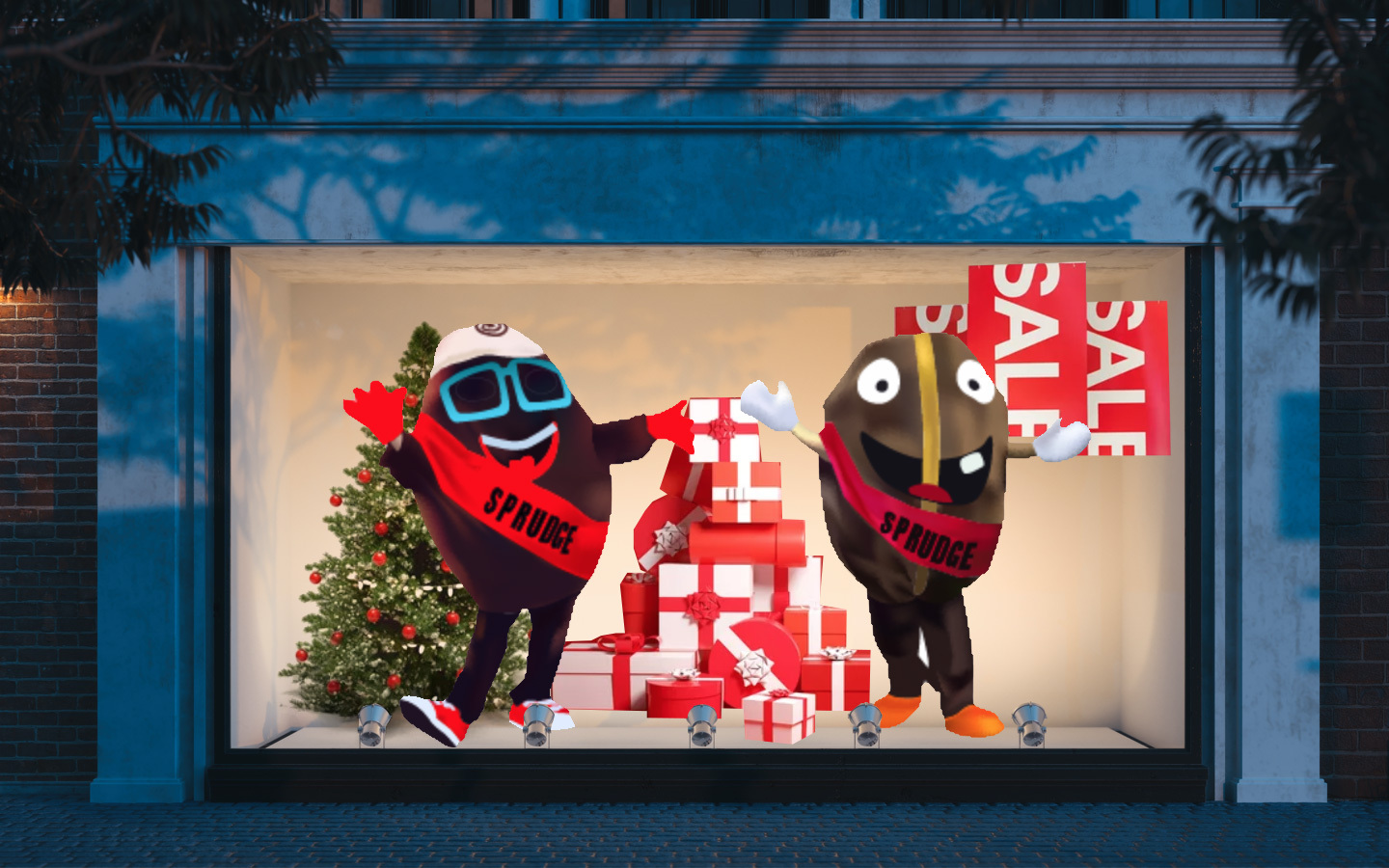WBC 2012 is upon us! Enjoy this introduction to Viennese cafe culture from Sprudge.com contributor Alex Bernson, and be sure to check out Part 2 of this feature, a guide to 6 excellent cafes in Vienna. Follow coverage from the 2012 WBC all week long on Sprudge, or via Twitter @sprudge #WBC2012
“The Café is the perfect place for people who need company to be alone” – Austrian critic Alfred Polgar
Building, pontificating on, and living in cafés is integral to Viennese life. Vienna, along with Paris, was one of the most influential cities in the creation of classic continental café culture during 19th and early 20th century and many of the cafés that played a crucial role in that creation still exist in Vienna today, though often in a more tourist-focused incarnation. At the same time, Vienna’s café culture and rich design history means some of the most striking and innovative modern café designs can be seen in the city. For anyone with an interest in the history of café culture, and especially an interest in design, Vienna is a must-visit city. For those lucky enough to be traveling to Vienna for the World Barista Championship, I have put together an introduction to Viennese café culture and a guide to noteworthy historic and modern cafés to visit during your stay.
Paris was and is known for its dizzying variety of café types that served all parts of society—from the formal grand boulevard cafés; to the more informal, quieter side-street haunts of artists, writers, and bohemians; to the well-worn neighborhood hubs of daily life. Paris innovated many of the now-standard tropes of café design and first demonstrated the benefits that a range of café styles can give to the public life of a city. Design-wise, Parisian cafés present a diverse selection of more public and more private spatial arrangements and tend to have a very permeable interface with the street characterized by heavy use of open and semi-enclosed sidewalk seating.
In the late 1800s, Vienna took the Parisian café style in a more formal and rarefied direction, with its early cafés being much more narrowly focused on the regimented, aristocratic social life of the central city. These cafés were generally designed to be more intimate and have more rigid interfaces between public and private, with the often tuxedo-clad head-waiter serving as a gatekeeper, ushering guests to specific tables based on their social position and reason for visiting.
This is not to say that Viennese cafés were not also the homes of artists and bohemians. While Parisian cafés may have skewed more towards painters, poets and other such artists, Viennese cafés were full of writers, philosophers and students of the social sciences. And to be sure, Viennese café culture today is as varied and mainstream a part of everyday life as in Paris or any other great European city, with business people, students, artists, shopkeepers and everyone in-between spending their days and nights in the many various types of cafés to be found in the city.
Beyond excellent design, Viennese café culture is well known for its focus on delectable pastries of all sorts and a wide variety of different coffee beverages. Much has been written on the various house specialties of each famous café, and I encourage you to research this delightful part of Viennese life. Another commonality in Viennese cafés, at least in the grander establishments, is a rather more stiff, detached, and less subservient approach to service than some, especially Americans, are used to. A holdover from Vienna’s more rigid social history, for me this refusal to fully bow to the whims of tourists is part of Vienna’s charm.
Perhaps the most striking example of Vienna’s commitment to tradition is the fact that you can still smoke inside many cafés. Christoph Grafe, the author of Cafés and Bars: The Architecture of Public Display, once remarked to me that he thought the smoking bans in Paris and Amsterdam are helping usher in the death of classic café culture, with the regular habitués of the cafés giving way to ever more tourists. If you feel the need to complain about indoor smoking, please keep in mind that there are many cafés that are smoke-free, or with smoke-free sections, and that most importantly, you are a guest in a city that has been living its life in cafés in the same ways for two hundred years.
Read on here for a guide to cafes in Vienna, plus one unforgettable cocktail bar!










